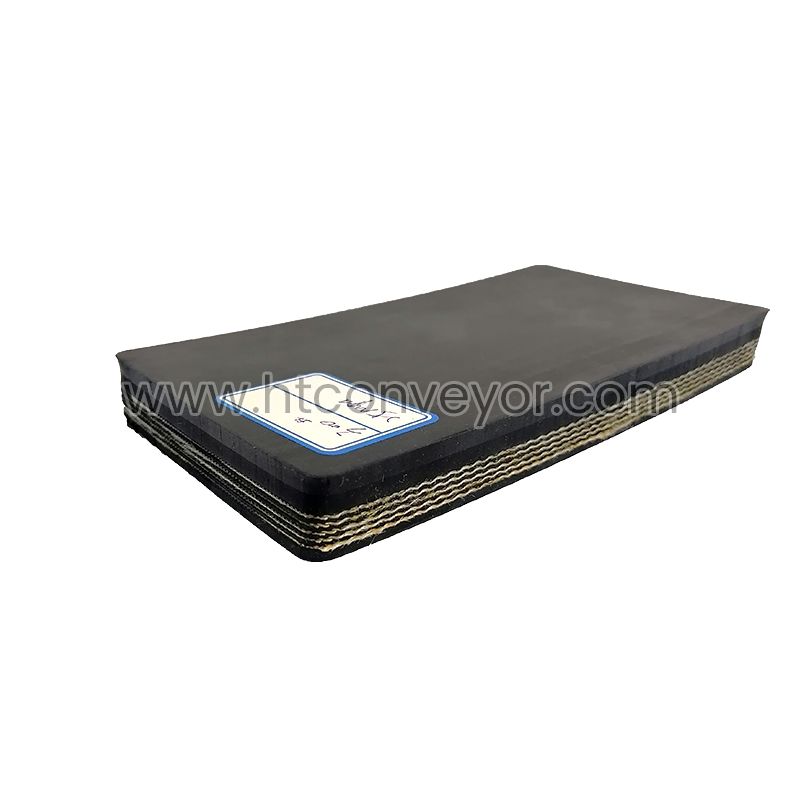Conveyor belts are durable and reliable components used in various industries for material handling. However, like any mechanical system, conveyor belts can experience common problems that may affect their performance and efficiency. Some of the most common problems of conveyor belts include:
1. Belt Tracking Issues: One of the most prevalent problems is belt tracking. If the conveyor belt is not properly aligned on the pulleys, it may start drifting to one side, causing misalignment and uneven wear. This can lead to premature wear on the edges of the belt and increase the risk of belt damage and conveyor system breakdown.
2. Material Spillage: Material spillage can occur if the conveyor belt is overloaded, misaligned, or not properly tensioned. When materials spill off the belt, they can accumulate on the conveyor components or surrounding areas, leading to conveyor belt slippage, increased maintenance, and potential safety hazards.
3. Belt Slippage: Belt slippage happens when the conveyor rubber belt loses traction with the pulleys, often due to insufficient tension or worn-out pulley surfaces. Slippage can result in reduced conveying capacity, increased energy consumption, and damage to the belt and other conveyor components.

4. Carryback and Buildup: Carryback occurs when material adheres to the underside of the conveyor belt and returns to the tail pulley. This buildup can cause belt mistracking, increased wear on the pulleys, and spillage along the conveyor route.
5. Belt Wear and Tear: Over time, the conveyor belt's surface can wear out due to friction, abrasion, and exposure to harsh materials or environmental conditions. Excessive wear and tear can compromise the integrity of the belt and reduce its lifespan.
6. Damaged Conveyor Components: Various components of the conveyor system, such as idlers, pulleys, and belts, can get damaged or worn out due to continuous use. Damaged components can lead to reduced efficiency, increased downtime, and higher maintenance costs.
7. Belt Rip and Tear: In some cases, the conveyor belt may experience rips or tears, usually caused by sharp or abrasive materials or improper loading. Belt damage can result in unplanned downtime and costly repairs.
8. Belt Edge Wear: Uneven loading or misalignment can cause excessive wear on the edges of the conveyor belt. Edge wear weakens the belt's structure and may lead to premature failure.
9. Impact Damage: Conveyor belts handling heavy or sharp-edged materials can be susceptible to impact damage, which can cause punctures or tears in the belt.
10. Environmental Factors: Extreme weather conditions, such as heat, cold, or humidity, can also affect the performance of conveyor belts. High temperatures can accelerate belt wear, while cold temperatures can make the belt more susceptible to cracking.
To mitigate these common problems and ensure the longevity and efficiency of conveyor belts, regular inspection, maintenance, and proper training for operators are essential. Addressing issues promptly and using appropriate conveyor belt designs for specific applications can also help prevent and minimize potential problems.



Comments
Please Join Us to post.
0